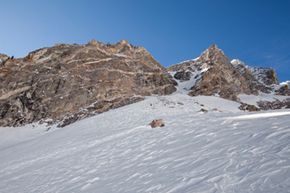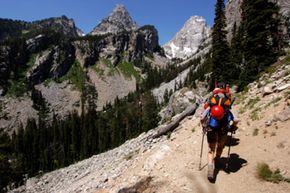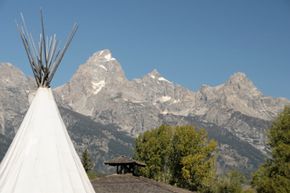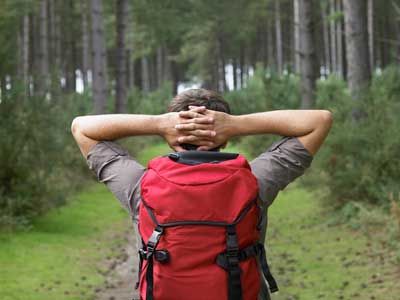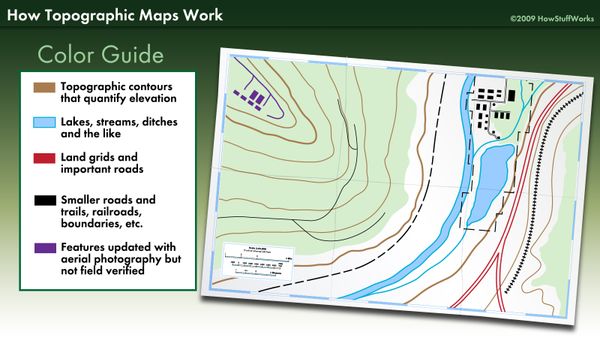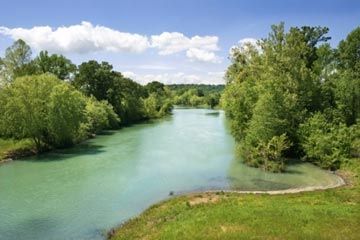I grew up in a valley community, and the Blue Ridge Mountains encircled my hometown like big, safe shoulders. Despite living minutes from the Appalachian Trail, one of the best known hiking destinations on the east coast, I never even set foot on a hiking trail until I was in college. My freshman year, a professor led a small group of us up to McAfee Knob, a rock outcropping that juts out over the valleys below to reward hikers with an awe-inspiring, 270-degree panorama of Catawba valley, Roanoke valley, North Mountain and Tinker Cliffs.
That first summit was amazing. Anyone who's ever hiked knows the experience: the smell of damp earth rising from underfoot, the sound of snapping twigs echoing off the hills around you and finally emerging, breathless, to find the whole world spread out beneath you.
Advertisement
Compared to Buck Mountain, however, my 5-ish-mile (about 8-kilometer) hike to McAfee Knob was a bunny slope. At 11,938 feet (3,638 meters), Buck Mountain, located toward the middle-southwestern corner of Grand Teton National Park, poses quite a challenge. However, it does have several well-established summit approaches, most of which you can climb from the valley in a single day. For hikers who are eager to take their scrambling and avalanche risk and wet conditions make hiking Buck Mountain unadvisable.
There are several different ways to summit the mountain, from a fairly moderate walkup on the east face to a truly difficult Class 5+ climb on the north-northwest ridge. Wondering which approach will best suit your skills? We tackle Buck Mountain's different summit routes next.
Advertisement
